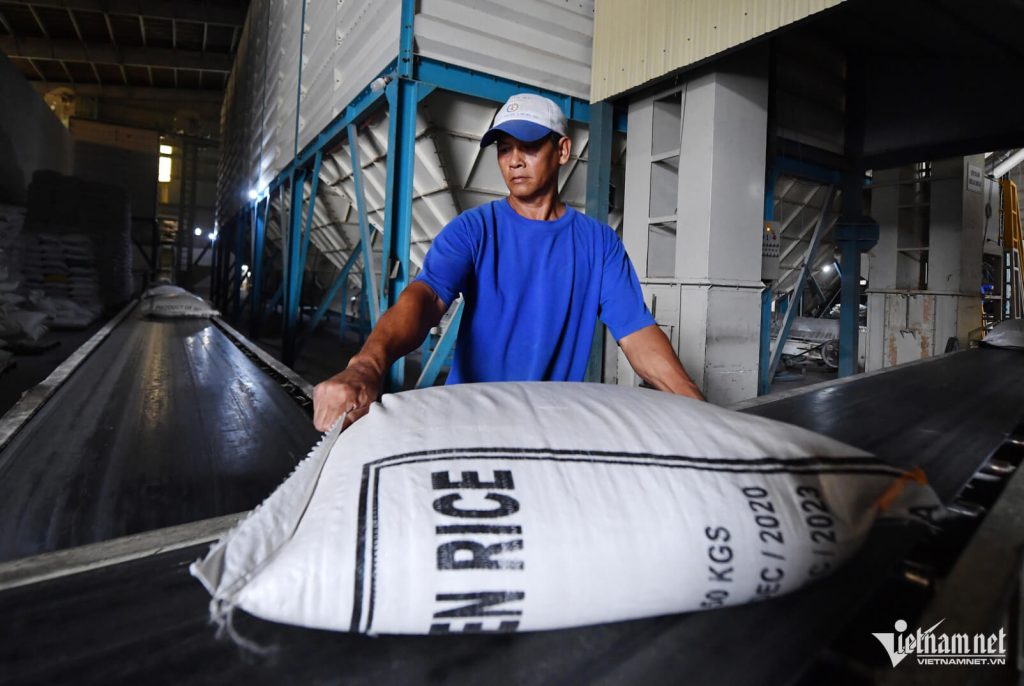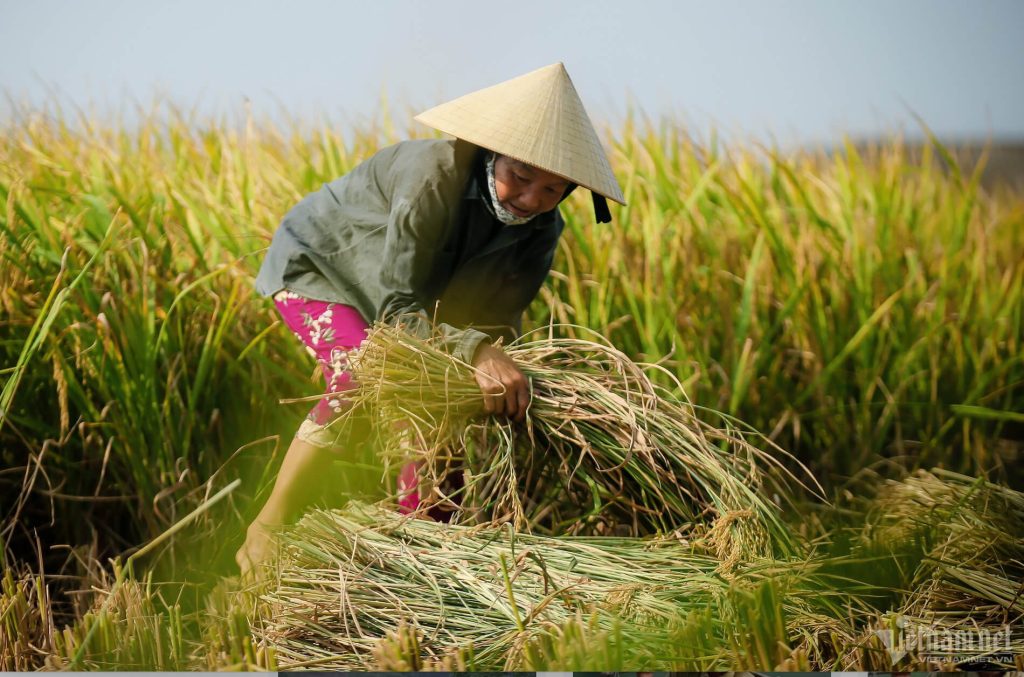Tags
VN rice exports hit $5 billion, but high-quality national brand still missing
Achieving $5 billion in rice export revenues highlights Vietnam’s global standing, but the absence of a strong national brand for high-quality rice remains a significant concern.
Vietnam’s rice exports have officially surpassed $5 billion, setting a historic record. However, Le Thanh Tung, Deputy Director of the Department of Crop Production (Ministry of Agriculture and Rural Development), admitted at a recent forum that challenges remain, including inconsistent buyer-seller relations and the lack of a recognized high-quality Vietnamese rice brand in international markets.

Speaking at the forum titled “Scaling Successful Pilot Models for the Sustainable Development of One Million Hectares of High-Quality, Low-Emission Rice Fields” on November 23, Tung noted the progress since last year when the Prime Minister approved the initiative to create sustainable rice fields in the Mekong Delta. This was followed by the establishment of the Vietnam Rice Association (VIETRISA) just 15 days later.
“Our goal is to build on the success of existing pilot models implemented by the Ministry of Agriculture, the National Agricultural Extension Center, and local authorities,” Tung said. The Department of Crop Production is tasked with summarizing effective models for broader implementation.
Tung candidly addressed the ongoing lack of synergy within Vietnam’s rice industry. Issues like contract disputes between farmers and enterprises continue to hinder progress. Additionally, while Vietnamese rice quality rivals that of leading exporters, the industry has yet to capitalize fully on its potential, with emissions from rice production at 0.9% – higher than the Philippines, Thailand, and China.
Currently, 12 out of 13 Mekong Delta provinces have embraced the one-million-hectare rice initiative. As Vietnam’s largest rice-producing region, this initiative aims to create a new identity: “Green, Low-Emission Vietnamese Rice.”
Successful pilot models in provinces like Dong Thap, Kien Giang, Can Tho, Soc Trang, and Tra Vinh have shown promising results. According to Tung, active farmer participation, combined with corporate and governmental collaboration, is driving positive change. Future objectives include expanding value-chain models, ecological data systems, technology adoption, behavioral shifts, and capacity building.

Hoang Tuyen Phuong, Head of Crop and Forestry Division at the National Agricultural Extension Center, emphasized the importance of promoting Vietnamese rice as high-quality and sustainable through stronger domestic and international media connections.
The aim is to create resilient livelihoods for farmers while reducing emissions and enhancing production standards.
Developing strong cooperatives is vital, said Tran Minh Hai, Deputy Rector of the Institute for Public Policy and Rural Development. He stressed the need for cooperatives capable of joint buying and selling with businesses while adhering to export standards.
Currently, Mekong Delta cooperatives average just 80 members each, far below the national average of 200 and Thailand’s 1,500 members per cooperative. Successful models, such as Tan Hung, Phu Thanh, and Binh Thanh cooperatives, stand out for their efficiency in meeting production standards and offering services like mechanized harvesting and rice transportation.
“When cooperatives are robust, well-managed, and market-responsive, they play a pivotal role in modern rural economies,” Hai noted.
As of November 15, Vietnam has exported over 8 million tons of rice, generating $5.05 billion – its highest-ever figure.
The average export price of Vietnamese rice in the first 10 months of 2024 reached $626 per ton, a 12% increase compared to the same period last year. Notably, Vietnamese rice varieties (5%, 25%, and 100% broken) now command higher prices than equivalent products from leading exporters like Thailand, India, and Pakistan.
Despite this success, experts agree that achieving a globally recognized premium Vietnamese rice brand remains a critical goal, one that demands continued investment in sustainability, cooperation, and branding.
Tam An
https://vietnamnet.vn/en/vn-rice-exports-hit-5-billion-but-high-quality-national-brand-still-missing-2345186.htmlPublished Date: November 25, 2024






